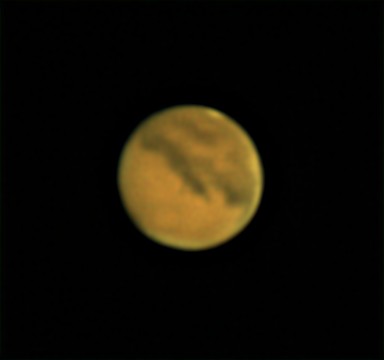The next meeting of the Society is Thursday 15th October at 7pm by Zoom. Bob Wright from Usk Society will present on the planet Venus. Venus is presently an early morning object, it rises in the east in the constellation of Leo, before the Sun at around 4 am. For those early birds it is hard to miss as it is very bright at more than magnitude -4. It has recently had a lot of media interest owing to the detection of a so called “biomarker” gas in its atmosphere – Phosphine. The work was done by an international team of astronomers, led by led by Prof. Jane Greaves from Cardiff University, who many of you may remember gave an excellent talk to Abergavenny Astronomy Society in March 2019.
As usual the meeting will start at 7pm by Zoom, the details of which are below.
There has been some feedback that a few people have experienced problems joining the meeting by Zoom from the link. The link launches Zoom in your internet browser, the settings in some people’s browsers block certain features and do not allow Zoom to launch. If you experience that if the browser says it has blocked Zoom, click on “allow”. Alternatively go to the Zoom site in advance (https://zoom.us/download) and download and install Zoom on your computer, it is free. Start the programme and simply enter the meeting number and password when requested and it will take you into the meeting.
Topic: Venus the morning star
Time: Oct 15, 2020 07:00 PM London
Join Zoom Meeting
https://us02web.zoom.us/j/84066576842?pwd=MkVrWXZHVFhoY1pFQVZERCtsUEtPQT09
Meeting ID: 840 6657 6842
Passcode: 487218
Find your local number: https://us02web.zoom.us/u/kwMTULve1
